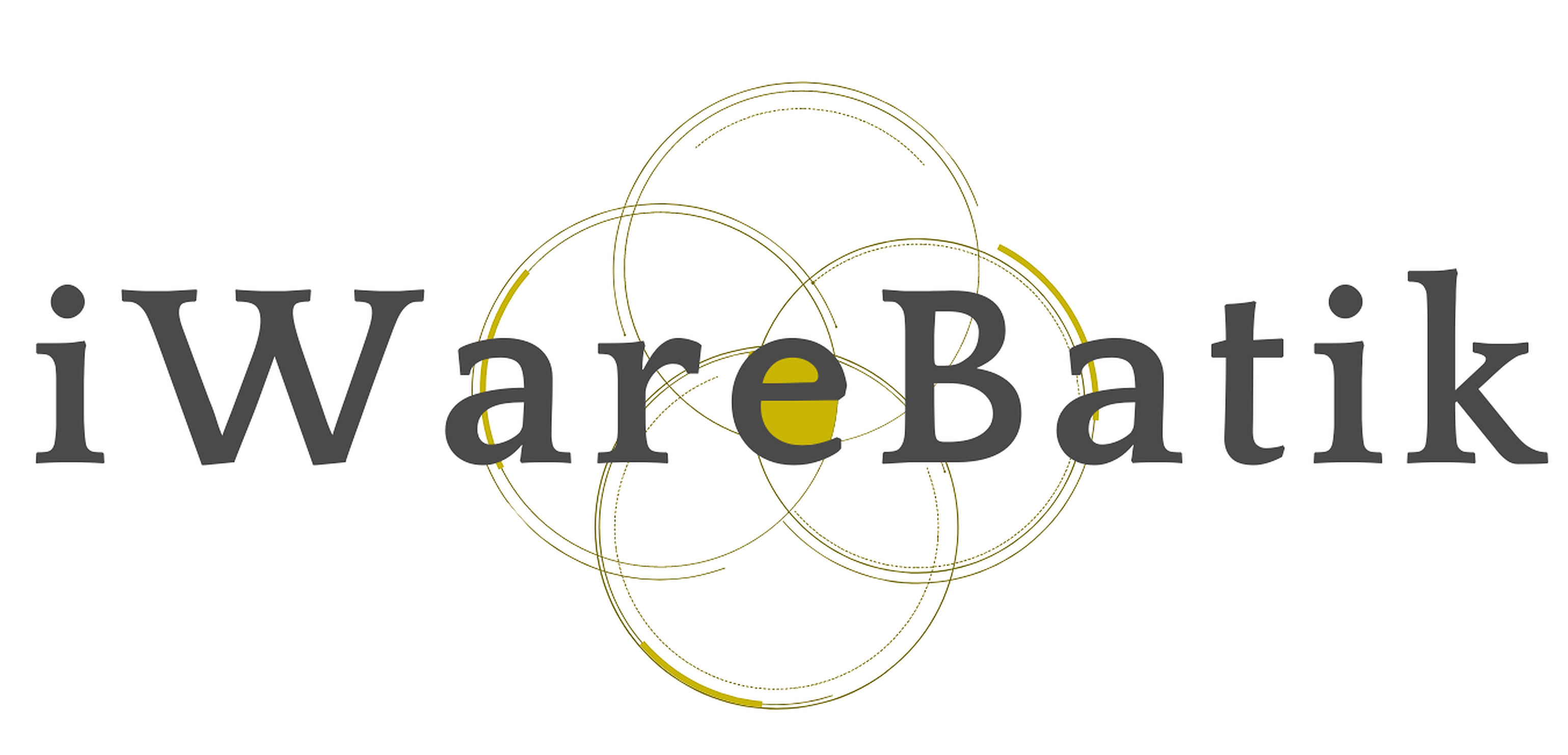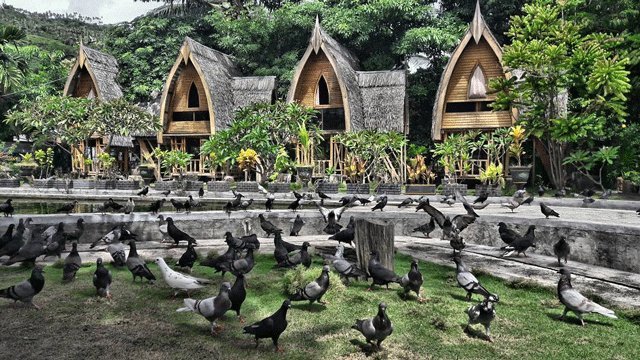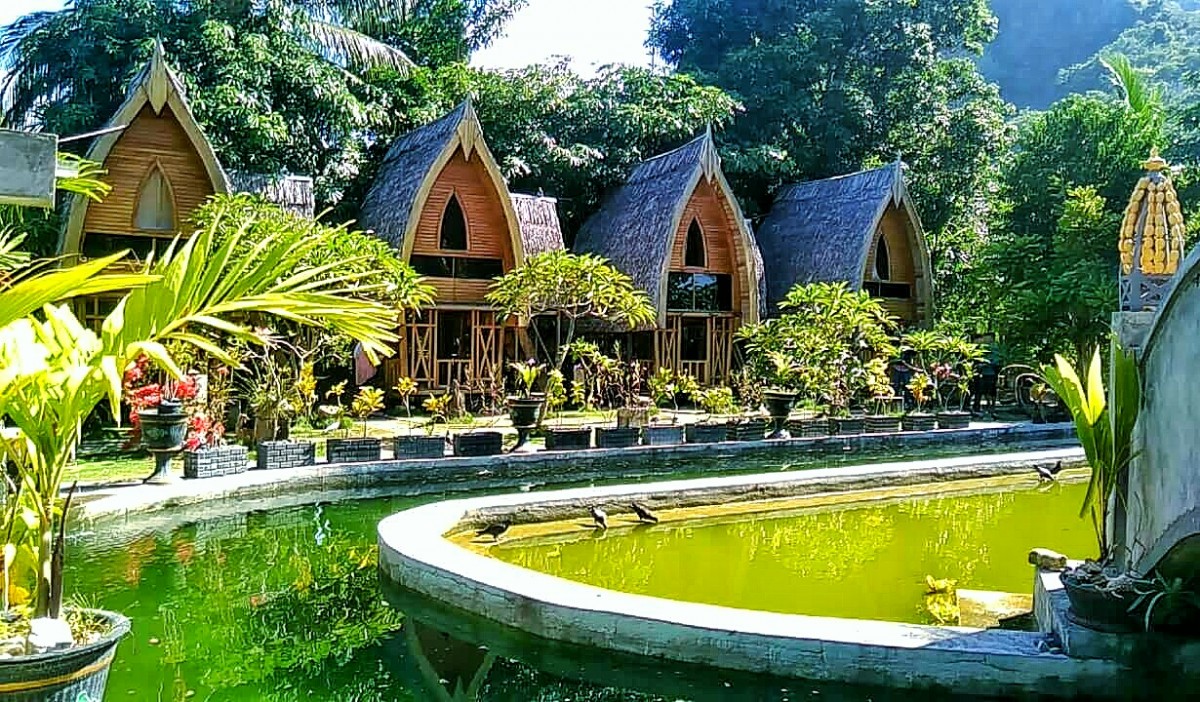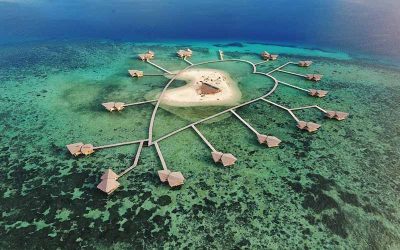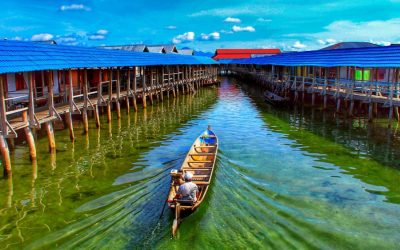Home / Batik Regions – Central Indonesia – Sulawesi Island – Gorontalo / Bubohu Cultural Village
Cultural Destination
Bubohu Cultural Village
Iconic Bubohu Village (Photo: @Gps wisata)
Cultural scenic at Bubohu Village (Photo: @Wikipedia/Hendrik Saleh)
Bubohu Cultural Village
If you want to spend your vacation in the most authentic place in Gorontalo, Bubohu cultural village could be in your travel bucket list. Bubohu Village is also a traditional village, located in Batudaa Pantai District, about 35 kilometers from Jalaludin Airport, Gorontalo. This village has been designated as a Religious Tourism Village by Gorontalo Government due to its cultural resources that is well preserved for centuries. Here, the visitors could experience the calm and serene atmosphere while discovering ancient Gorontalo’s traditional architecture. As the legacy of the Kingdom of Gorontalo, Bubohu Village also serves as one of important Islamic ancient shrines in the region. Don’t forget to set your camera to make a great cinematic travel film here!
Cultural Tourism Destination
Bubohu Cultural Village
Tourist Attractions in Gorontalo
Boalemo – the Isle of Love
Did you know that there is a “ Love Island” somewhere in the world?
Torosiaje Coastal Village
One of the most suggestive sites of the province, for sure! It belongs to Bajo people who
Otanaha Fortress
Built by the Portuguese in 1522, it is the most visited spot in Gorontalo
Gorontalo
Batik Motifs
Karawo Mahkuta
Mahkuta refers to Gorontalo’s traditional crown. It represents noble characters of
Karawo Pinang
Pinang refers to the Palm areca tree. This motif is considered as the original
Discover
Indonesian
Batik
Motifs
Rumah Mamuju
the Batik motif illustrates the house of Mamuju King with the stairs, located on the left of the wooden stage house
Hiu Taliyasan
Indonesia is also home to the world’s largest fish, the whale shark (Rhincodon typus). Hiu Taliyasan refers to
Leuit Sijimat
This motif reflects the daily activities of the Baduy tribe in Banten. The main ornaments of batik motif consist of:
Daun Simpor
This motif is inspired by the Simpor plant (Dillenia Suffruticosa) which is a typical
Keluak Daun Pakis
The word “Keluak” is a Minang language which means twisted or tangled. The Motif of
Sido Mulyo
Sidomulyo is one of the classical motifs, which is specifically used for the bride’s costume in
Lok Baintan Floating Market
As you can imagine, the most authentic thing is that you can buy things and even
Jumputan Bintang
The word Jumputan means the tie-dye technique, while the word “Bintang” refers to
Rangkiang
The word “Rangkiang” refers to the rice granary in the Minangkabau language. It symbolizes
Tongkonan
Toraja’s traditional house is called Tongkonan. Tongkonan is a place for
Malinau Cultural Festival
You will witness a unique competition that might not be found other than in
Daun Sirih
This motif illustrates betel leaves that are used by Lombok communities as traditional
Bekantan Pakis
This motif represents Pakis Haji (Polystichum setiferum), an endemic plant in
Karawo Mahkuta
Mahkuta refers to Gorontalo’s traditional crown. It represents noble characters of
Sekomandi
Its philosophical meaning is the eternal union which refers to a saying “until death do us part”
Merak Ngeram
The hatching peacock motif has a very deep meaning which refers to the sacrifice and
Insang Ikan
Insang refers to the gills of the fish. This is a typical pattern of Malay ethnic who inhabits
Daun Lada Hitam
The black pepper motif represents the main commodity of Bangka Belitung
Bomba Mawar
This motif means sacred love for family, kingdom, and God; It also illustrates
Tanah Liek
The word “Tanah Liek” refers to clay in Minang language. It is also known as
Prada Papua
The word “Prada” in the Javanese-Indonesian dialect means a batik textile that
Tenun Bima
The motifs are adopted from Bima woven textile. This pattern has received a great
Parang Seling
Parang Seling or “alternating daggers” is a royal batik motif. It is a feminine variant of
Ukir Sentani
The Ukir motif is a batik motif that is inspired by various traditional Sentani wood carvings
Ikan tambal
The word “Ikan” refers to fish. The philosophical meaning of Ikan Tambal means is
Enggang Dayak
Local people beliefs that hornbills are an incarnation of the Commander of the Birds. It has supernatural
Biji Kopi
The coffee seeds motif illustrates the pride of local coffee specialities in
Tifa Totobuang
The batik motifs illustrate Maluku’s traditional music instrument called
Gumin Tambun
Based on Hindu mythology, this motif symbolizes lucks, abundant wealth, and
Buketan Bali
The Balinese bouquet (Buketan Bali) is a floral arrangement and the name is
Kuda Kupang
Horses symbolize wealth. It contains noble values of virtuous characters that bring
Taiganja
Taiganja is a precious gold pendant that shows the social status of the Kaili family. It is
Gamolan
This motif illustrates Gamolan, a bamboo musical instrument of Lampung that is
Gonggong Siput
Gonggong (Strombus Turturella) is one type of sea snail found around
Pati-Pati Pinehiku
It symbolizes the hierarchy in society and the social status of the Mekongga
Pucuk Rebung Riau
Pucuk Rebung symbolizes heart determination in achieving goals, good luck, and
Bultiya
The word ‘Bultiya’ is an acronym of the three major tribes in North Kalimantan, namely
Bale Lumbu
This motif signifies the welfare of the ancient Sasak society. Bale also symbolizes the
Besurek Rafflesia
The term “Basurek” refers to a textile that contains letters or inscriptions
Tikar Natuna
The Tikar Natuna motif is adapted from the traditional making of pandanus mats in
Pattimura
Pattimura is the name of an Indonesian hero who fought against colonialism in
Jupri Kembang Teh
Kembang Teh illustrates the tendrils of tea plants that grow in the highlands of
Awan Berarak
Awan Berarak is a combination of Dayak motifs and Malay patterns. The word ‘Awan Berarak’ means the
Sero Tangga
The Sero Tangga illustrates an endearing feeling and sacrifices of a person to fulfil
Dayak Kamang
Kamang motif is generally found in the Dayak tribe shield because it is believed to
Singayaksa
The Singayaksa motif comes from the name of a place where Sultan Hasanuddin used to
Srimanganti
The name of the Srimanganti motif is derived from Palace’s hallway that connects to
Tabir Tanjung
Tanjung flower is a type of Cherry tree flower, which is commonly found in
Desa Na Tolu
The Desa Na Tolu characteristic pattern symbolizes the Batak philosophy of existence and
Mahkota Siger
Siger is the crown of a noblewoman in ancient time. It is a symbol of femininity, strength, and
Pohon Hayat (Tree of Life)
The Batik motifs in Lampung are dominated by the acculturation of Buddhist and
Manguni Minahasa
Manguni is identified as the symbol of the Minahasa people. Manguni is known as a
Gajah Way Kambas
The motif illustrates the Lampung’s natural reserve, the Way Kambas. it also symbolizes
Gentala Arasy
Built as high as 80 meters, the tower also highlights the historical side of
La Galigo
La Galigo is a literary work of the Buginese Epic that has 300 thousand epic lines. It is considered even
Cengkeh
The clove flower motif is the main commodity of the Tolitoli Regency. This motif represents
Ake Patra
Ake is related to the divinity and the composition of the universe. It is a symbol of
Kerawang Tegak Aceh
The Vertical Upright (Kerawang Tegak) Motif symbolizes a person who has a strong
Besurek Rembulan
This batik illustrates praise for God who created the wonderful universe
Gonggong Beruntun
This motif illustrates that a person should maintain a positive attitude and
Pinawetengan
The Pinawetengan Batik pattern was taken from a prehistoric inscription in
Tengkawang Ampiek
With its many advantages, the Dayaks use this leaf in ritual ceremonies. This plant is a symbol of
Gigi Haruan Lidi
The Gigi Haruan Lidi motif is taken from the name of the cork fish and is a symbol of
Kasih Tak Sampai
‘Kasih Tak Sampai’ is an idiom in the Indonesian language which refers to
Wakatobi
It symbolizes the coastal beauty of the Wakatobi island and the symbol of Patra symbolizes
Tubo Kelapa
Coconut tree is a symbol of a good character and strong mentality. It illustrates the more success a person, the more
Lontara
The Lontara script itself is a typical ancient script of Bugis and Makassar communities. History records that
Durian Pecah
Broken Durian motifs depict the foundation of faith. The second half signifies the mastery of
Kaharingan
The Kaharingan or ‘tree of life’ based on the Dayak tribes’ belief system. This tree symbolizes
Lipaq Sabe
Lipaq Saqbe contains a simple geometric classical motif with various flower decorations. This textile is
Kaganga Tanah Rejang
If Batik Besurek combines Arabic calligraphy motifs, then the Kaganga batik takes
Salakanagara
Salakanagara batik motif illustrates the first kingdom in the Betawi land
